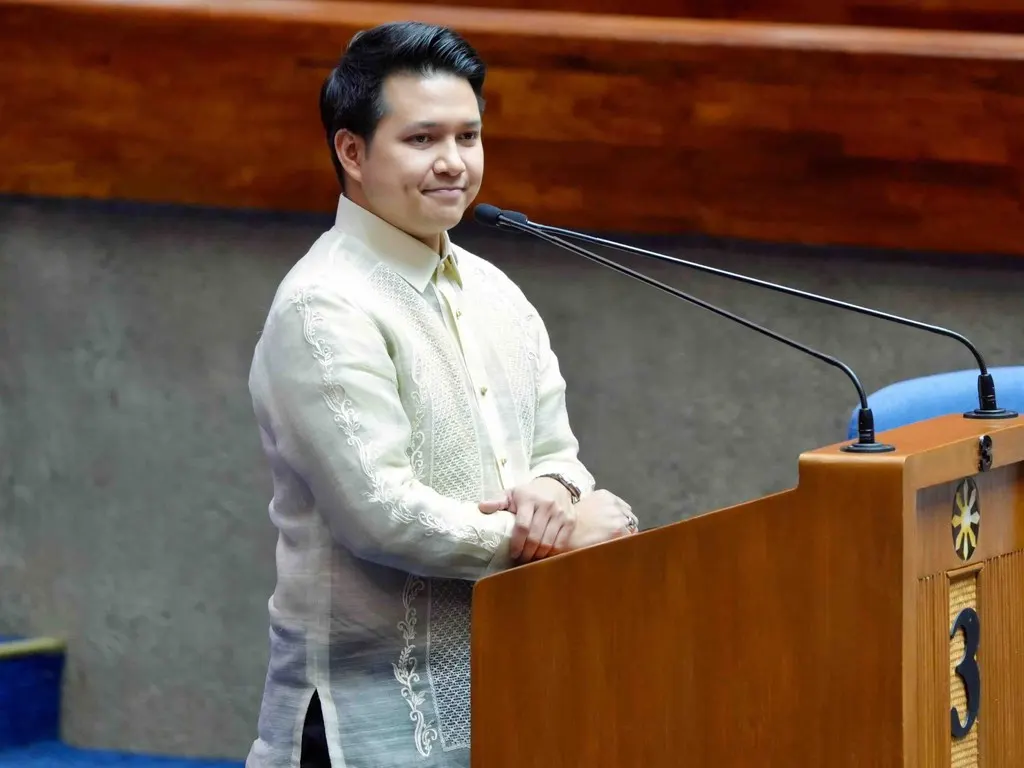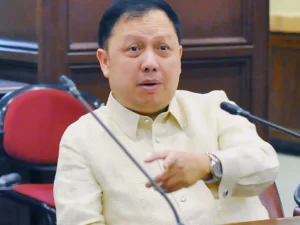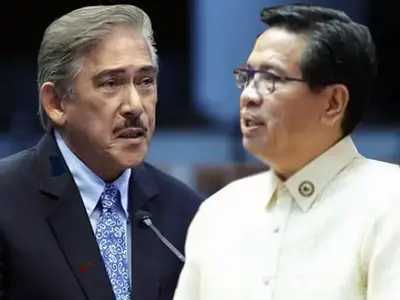
A DAY after the 25th International Youth Day, Rep. Brian Poe of the FPJ Panday Bayanihan Partylist did not mince words in his privilege speech: “Our youth development system is in crisis, and our youth—the heart of our future—are dangerously at risk.”
With 30 million Filipinos aged 10 to 24 the country, he said, “stands on the brink of reaping a ‘demographic dividend.’ That surge of economic growth fueled by a large, well-educated, and productively employed young population. But without quality education and strategic investments, this advantage will slip through our fingers.” Poe presented a sobering picture.
Only 22 percent of children aged 3 to 4 are enrolled in early childhood education, citing FLEMMS. By Grade 5, just 10 percent meet minimum reading proficiency and 17 percent in mathematics. The PSA found that sixty-five percent of 15-year-olds reported to experiencing bullying at least a few times each month. Youth labor force participation has dropped to 33.1 percent, with about 615,000 young people underemployed.
The challenge is equally stark for those who have left school entirely. The latest PSA census found that 11 million Filipinos aged 5 to 24 are out of school, and the pandemic accelerated the trend, with OSY rates jumping from 16.9 percent in January 2020 to 25.2 percent by April that year. He emphasized: “This is evidence that our system is highly vulnerable to external shocks.”
Yet Poe’s call came with a clear sense of urgency. As lawmakers prepare to debate next year’s spending plan, the 2025 General Appropriations Act showed the education sector emerged as the single largest allocation in the proposed 2025 budget—₱1,055.9 billion, spanning the Department of Education, Commission on Higher Education, State Universities and Colleges, and the Technical Education and Skills Development Authority.
The figure surpassed funding for the Department of Public Works and Highways after a presidential veto. But Poe cautioned that sheer spending, without reform, will not be enough to reverse the decline in youth outcomes.
The lawmaker filed the Magna Carta for Out-of-School Youth, a bill “crafted with nearly two decades of legislative effort, shaped by the voices of OSYs themselves, and designed to secure their rights, protect them from discrimination, and open pathways to education, decent work, health services, and entrepreneurship.” Taking a wider view, Poe envisions a legislative strategy that addresses the full spectrum of youth needs—from the classroom to the workplace, and from the farm to the digital economy.
Agriculture-focused measures like the Binhi ng Pag-Asa Program would bring young Filipinos into a sector vital to food security, while the Right to Adequate Food bill aims to tackle the malnutrition that undermines learning and productivity.
To equip young people for both traditional trades and emerging industries, the proposed Skilled Trades Access Act would widen pathways for high school graduates to enter the workforce by banning the requirement of tertiary education for blue collar jobs, and the Digital Teaching Excellence Act would train educators in technology-enhanced and project-based learning.
The Critical Pedagogy in Teacher Education Act and its complementary Critical Thinking and Pedagogical Transformation Act seek to hardwire analytical skills into the nation’s classrooms.
Poe also framed youth well-being as inseparable from education and work readiness. “A child who is undernourished, a teenager battling illness, or a young adult with poor mental well-being will struggle to learn, train, and work,” he said. The Youth Mental Health Support Act, which he filed earlier, would establish a national e-guidance counselor network and scholarships for mental health professionals, while the National Autism Care Act would create a comprehensive framework for support and inclusion.
“This is a moral imperative, a national security priority, and an economic necessity,” Poe said, urging a multi-sectoral approach—“strengthening the Pantawid Pamilyang Pilipino Program so families do not have to choose between food and schooling, investing in teachers, modernizing the curriculum for 21st-century realities, and expanding the Alternative Learning System to give every child who has left school a genuine second chance.”
“As we have observed the passage of the 25th International Youth Day, let our commitment be more than words—let it be action,” he declared. “Today, with the filing of the Magna Carta for Out-of-School Youth, we have taken a concrete step forward towards a Philippines where no young person is left behind.”



